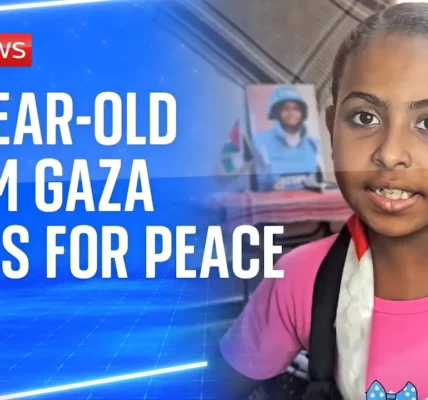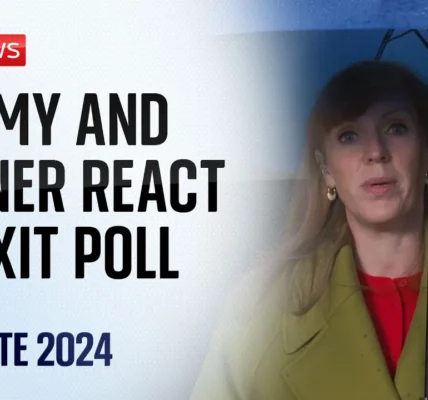Another Bloody Day in Lebanon: The Ongoing Israeli Airstrikes

This article delves into the recent escalation of Israeli airstrikes in Lebanon, focusing on the devastating humanitarian impact, the military objectives, and the plight of civilians caught in the crossfire.
Introduction
The recent surge of Israeli airstrikes in Lebanon has marked a grim chapter in the region’s history. With two strikes occurring in the capital, Beirut, within five days, the situation has escalated into a humanitarian crisis. The airstrikes, reportedly aimed at Hezbollah’s military infrastructure, have resulted in significant civilian casualties and forced mass displacement, highlighting the dire conditions faced by the Lebanese population. This article examines the implications of these events and the broader context of the ongoing conflict.
The Recent Airstrikes
Israel’s military operations have intensified recently, with multiple airstrikes targeting areas in Lebanon, particularly Beirut and the southern regions. These strikes are part of an ongoing offensive against Hezbollah, a militant group that has been a focal point of conflict between Israel and Lebanon.
Casualties and Damage
The impact of the airstrikes has been devastating:
- Reports indicate numerous civilian casualties, including women and children.
- Destruction of homes and critical infrastructure.
- Eyewitness accounts describe scenes of chaos and panic as people flee for safety.
Targeted Areas
Israeli forces have claimed that their strikes have targeted specific military objectives, including:
- Hezbollah’s missile and rocket units.
- Weapon storage facilities in populated areas.
- Command centers linked to militant operations.
However, many civilians have disputed these claims, stating that their homes were not involved in any military operations, leading to widespread condemnation of the airstrikes as indiscriminate.
The Humanitarian Crisis
The relentless bombardment has led to a growing humanitarian crisis in Lebanon, with many families forced to flee their homes. The situation is dire, with emergency services overwhelmed by the influx of displaced individuals.
Displacement and Refugee Conditions
As families flee the violence, they find themselves in increasingly precarious situations:
- Many are living in makeshift shelters, lacking basic necessities such as food and water.
- Emergency facilities are at capacity, struggling to provide care for those in need.
- The lack of financial resources exacerbates their plight, with many families reporting they have lost everything.
Voices from the Ground
Civilians have expressed their desperation:
“My family has no money, we’ve got nothing. How are we going to survive?” – Fatima, a displaced resident.
Such testimonies illustrate the severe emotional and psychological toll of the conflict on the population, particularly on vulnerable groups like women and children.
The Broader Context of the Conflict
Understanding the current situation in Lebanon requires a look at the broader geopolitical context. Tensions between Israel and Hezbollah have a long history, rooted in territorial disputes and political rivalries.
Hezbollah’s Role
Hezbollah, a Shiite militant group based in Lebanon, has been involved in various conflicts with Israel, often citing resistance against Israeli occupation as a justification for its military actions. The recent escalation can be traced back to:
- Hezbollah’s involvement in the Gaza conflict.
- Israel’s objectives to establish a buffer zone to prevent cross-border attacks.
- The ongoing regional tensions and shifting alliances.
The International Response
The international community has reacted with a mix of condemnation and calls for restraint:
- Humanitarian organizations have decried the loss of civilian life.
- Calls for ceasefires and diplomatic interventions have been made.
- Regional powers are closely monitoring the situation, fearing wider conflict.
Conclusion
The ongoing airstrikes in Lebanon represent a severe humanitarian crisis that continues to affect countless civilians. As families are uprooted and communities shattered, the international community must act to address the immediate needs of those affected and seek long-term solutions to the underlying conflicts. The stories of resilience and despair from the ground underscore the urgent need for peace and stability in the region.
For more information on the ongoing situation and ways to help, please visit our related articles on humanitarian efforts and the geopolitical landscape in the Middle East.
“`




